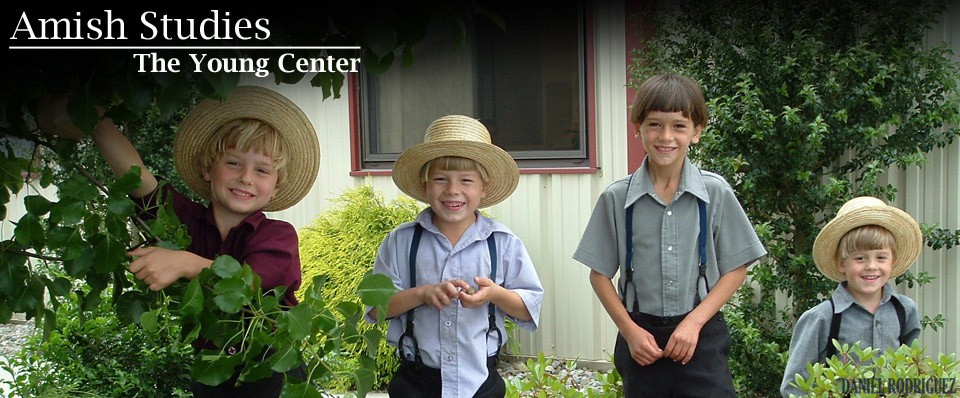Family


 Amish men and women usually assume traditional and well-defined gender roles. Husbands carry the primary responsibility for the financial well-being of the family. Wives typically devote themselves to housekeeping and motherhood. As in most families, gender roles in Amish marriages vary by personality; there are shades of dominance from husband to wife across a wide spectrum, with many variations. In nonfarm families, typically the husband is the primary breadwinner, but in cases where a wife owns a business, she may provide most of the family income. When husbands work at home, there is often considerable sharing of roles—women assisting in the barn or shop, and men in the garden or around the house.
Amish men and women usually assume traditional and well-defined gender roles. Husbands carry the primary responsibility for the financial well-being of the family. Wives typically devote themselves to housekeeping and motherhood. As in most families, gender roles in Amish marriages vary by personality; there are shades of dominance from husband to wife across a wide spectrum, with many variations. In nonfarm families, typically the husband is the primary breadwinner, but in cases where a wife owns a business, she may provide most of the family income. When husbands work at home, there is often considerable sharing of roles—women assisting in the barn or shop, and men in the garden or around the house.
Women with young children almost never hold full-time jobs outside the home, although some manage at-home stores, greenhouses, or bakeries. In some communities, single women or those whose children are grown operate their own businesses.
Amish women share in household decision-making and child discipline, even as they affirm the man’s role as the religious head of the home. Although the father serves as the spiritual head of the home, mothers are very active in nurturing the spiritual life of children. The husband is responsible for religious matters related to the church and the outside world.
Networks of extended families provide a strong sense of identity in Amish society. The family provides a dense web of social support from cradle to grave. Adult sisters may gather once a month for a “sisters’ day,” a frolic that mixes work and fun while harvesting vegetables, cleaning house, or making quilts. Family members help one other during emergencies, fires or floods, and, of course, when a death occurs.
The Amish do not have retirement homes. The elderly normally live in an apartment in the home of one of their children or in a Grossdawdy Haus, a small adjacent house. Esteemed for their wisdom, the elderly find meaning and dignity as they assist their adult children. Surrounded by droves of grandchildren, they pass on the wisdom, joys, and secrets of Amish life to the rising generation.
Additional information
- See chapter 11, “Gender and Family,” in Donald B. Kraybill, Karen M. Johnson-Weiner, and Steven M. Nolt, The Amish (Baltimore: Johns Hopkins University Press, 2013).
- See chapters 5 and 6, “Parenting” and “Teen Culture,” in Richard A. Stevick, Growing Up Amish: The Rumspringa Years, 2nd ed. (Baltimore: Johns Hopkins University Press, 2014).
- John A. Hostetler and Gertrude Enders Huntington, Amish Children: Education in the Family, School, and Community, 2nd ed. (New York: Harcourt Brace and Jovanovich, 1992).
